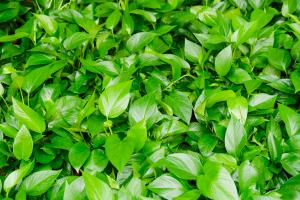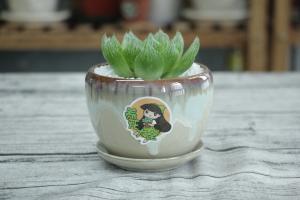Why Are My Newly Planted Tomato Plants Turning Yellow?
Newly planted tomato plants are often the pride and joy of the garden, but sometimes, they may begin to turn yellow. This can be concerning, as yellowing leaves can indicate a variety of underlying issues. In this article, we will explore the main reasons why your newly planted tomato plants may be turning yellow and what you can do to remedy the situation.
Lack of Nutrients
One of the most common reasons that newly planted tomato plants turn yellow is a lack of nutrients. This can happen if the soil is not properly fertilized or if the plant is not receiving enough water. Specifically, a lack of nitrogen, iron, or magnesium can cause yellowing leaves. If you suspect a nutrient deficiency, you can try adding a balanced fertilizer or supplementing with specific nutrients, depending on the issue.
Pests or Diseases
Yellowing leaves can also be a sign of pests or diseases. Some common culprits include aphids, spider mites, or whiteflies. Diseases such as fusarium wilt or verticillium wilt can also cause yellowing leaves. If you think pests or diseases may be the cause of your tomato plants turning yellow, it's best to take action quickly to prevent further damage.
Environmental Stressors
Tomato plants are sensitive to their environment, and changes in conditions can cause yellowing leaves. For example, plants that are overwatered or underwatered may begin to turn yellow. Similarly, temperature fluctuations, such as cold snaps or heat waves, can stress the plants and cause yellowing leaves. If you suspect environmental stressors are the culprit, try to remedy the situation by adjusting watering or providing some shade during hot weather.
Root Issues
Finally, yellowing leaves can indicate issues with the plant's roots. This can occur if the roots are damaged during planting or if the soil is of poor quality. Additionally, root rot or other diseases that affect the roots can cause yellowing leaves. To check for root issues, gently dig around the base of the plant and inspect the roots. If you suspect root issues, take steps to improve the soil quality and provide proper drainage.
In conclusion, newly planted tomato plants turning yellow can be a cause for concern, but there are several potential solutions. By examining the nutrient levels, checking for pests, addressing environmental stressors, and inspecting root issues, you can identify the problem and take steps to remedy it. With proper care and attention, you can help ensure that your tomato plants thrive and produce a bountiful harvest.

 how many times do yo...
how many times do yo... how many planted tre...
how many planted tre... how many pine trees ...
how many pine trees ... how many pecan trees...
how many pecan trees... how many plants comp...
how many plants comp... how many plants can ...
how many plants can ... how many plants and ...
how many plants and ... how many pepper plan...
how many pepper plan...































